Nature and heritage of Brest Region: Białowieża Forest, heroic fortress, and ancient Berestye.
Brest Region: Tourism
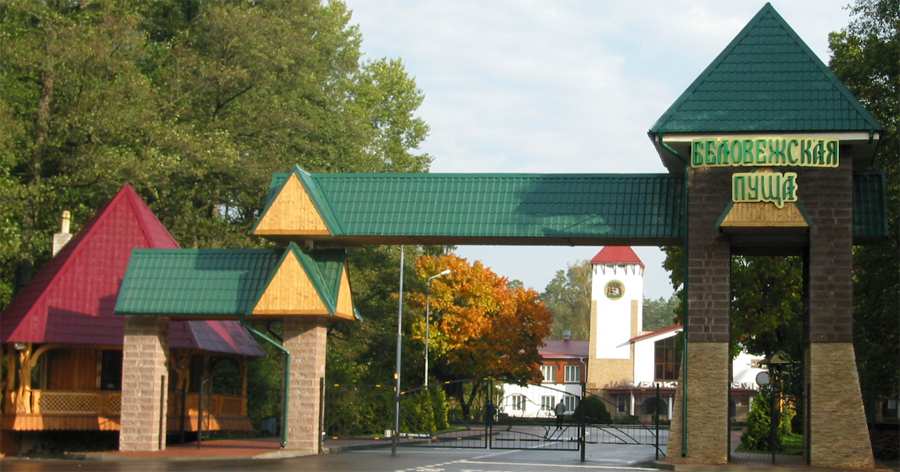
The fact that today even booking a plane is an ordinary thing is an achievement not only of the free market but also of the surge of mass tourism that occurred in the world after World War II.
In ancient times, people were reluctant to leave their familiar places. No wonder there is a Russian saying: “where you were born – there you are useful.” Usually, moving away from the land of one's ancestors was connected with terrible events such as war, famine, epidemic, or persecution of a particular people.
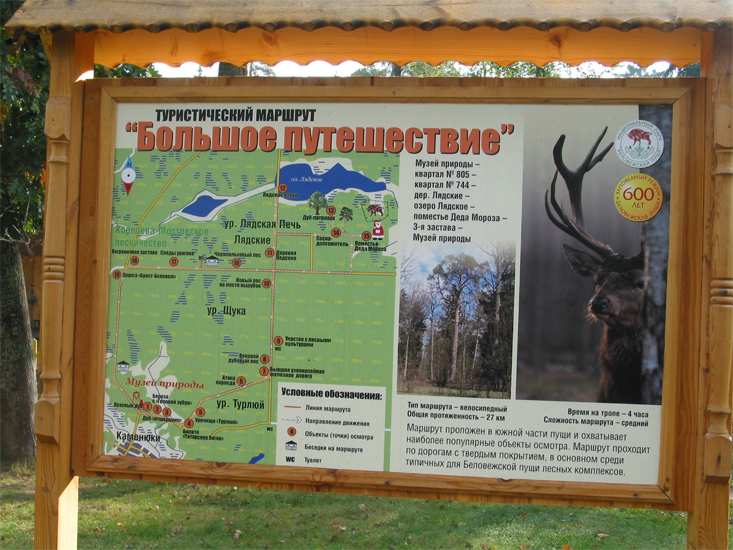
However, over time adventurers – travelers – began to appear, willingly setting out on journeys. Due to the underdevelopment of transport routes and the lack of technology, such people had to make long trips to their destinations, losing considerable funds and facing great risks. Bandits raged on the roads, and the population of many countries could easily deprive a stranger of life, seeing in his difference something of dark forces.
By the Modern Era, ties between states had strengthened, attitudes towards foreigners had changed, and wealthy, adventurous heirs of noble families began to travel the world in search of new impressions.
Thus, the foundation of the modern tourist boom was laid.
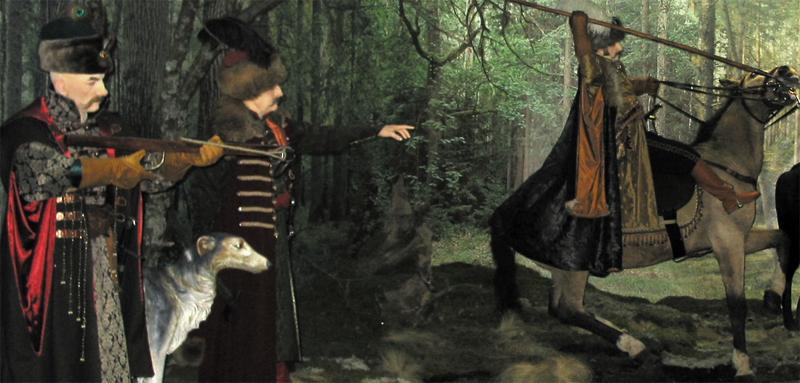
The richness of natural and historical sites makes the Brest region promising for the development of such types of tourism as ecological, cross-border, transit, and ethnographic.
The Brest region, also called Beresteyshchyna, Brest land, is a land of beautiful nature. In the north, the hills and valleys are cut by small rivers and covered with dense forests. The plains of the central and southern parts attract with their many lakes. About 80 large and small rivers flow through the region, with a total length of 5,000 kilometers. In the northwest lies a unique natural monument with vast hunting grounds, one of the oldest forest reserves in Europe – the State National Park “Belovezhskaya Pushcha.” Here bison, red deer, wild boars, elks, roe deer, and beavers live in their natural environment.
Belovezhskaya Pushcha is a unique green pearl, the only large forest massif of untouched nature on the European continent. The national park has the status of a biosphere reserve and a diploma from the Council of Europe. The history of the towns and villages of the Brest region is also rich and complex. Brest was first mentioned in 1019. Each district center of the region has its own distinctive history. Stolin, Kamenets, Kobrin were first mentioned in the 12th–13th centuries. From the 15th century began the chronology of Ivanovo, Pruzhany, Drogichin, and Bereza. Only a century younger are Ivatsevichi, Luninets, Lyakhovichi, Malorita. The emergence of Baranovichi is connected with the construction of the railway in the second half of the 19th century. The region carefully preserves architectural monuments: in Brest – the Brotherhood and Simeon churches; in Baranovichi – the Protection Cathedral and the Exaltation of the Cross Catholic church; in Pinsk – St. Barbara’s church, the Jesuit college and monastery, the Franciscan monastery. Kamenets is hard to imagine without the famous Kamenets Tower. The symbol of Brest is the Brest Fortress. It was built in 1842 and is a fine example of fortification art of that time. But its true glory came in June–July 1941, when its garrison showed outstanding valor, mass heroism, and courage in the fight against the Nazi invaders. The Brest Fortress was awarded the high title “Hero Fortress.” On September 25, 1971, the “Memorial Complex Brest Hero-Fortress” was solemnly opened.
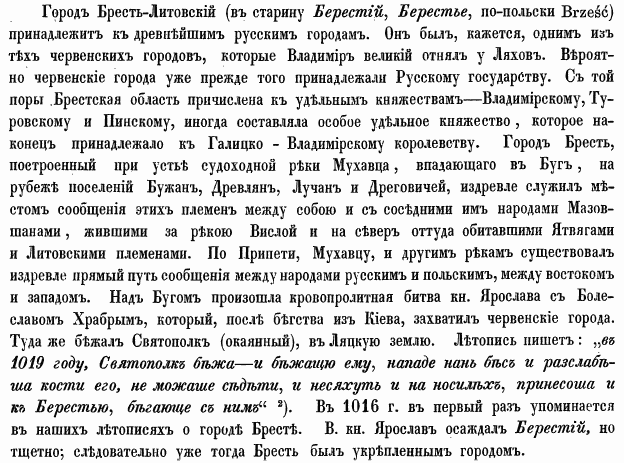
In 1982, on the excavation site within the fortress, the archaeological museum “Berestye” was opened. Ancient buildings of the 10th–11th centuries were preserved here under a glass roof of an original design.
There are many memorable places in the Brest region connected with the names of Adam Mickiewicz, Napoleon Orda, Kazimierz Łyszczyński, Tadeusz Kościuszko, Michał Ogiński, and others.
People often come to Brest to see the amazingly preserved Slavic settlement of the 11th century – ancient Berestye. But Brest and the Brest region are no less interesting in their modern form – in terms of industrial potential and prospects for socio-economic development.
There is no doubt that the attractiveness of the Brest region in this respect will grow.
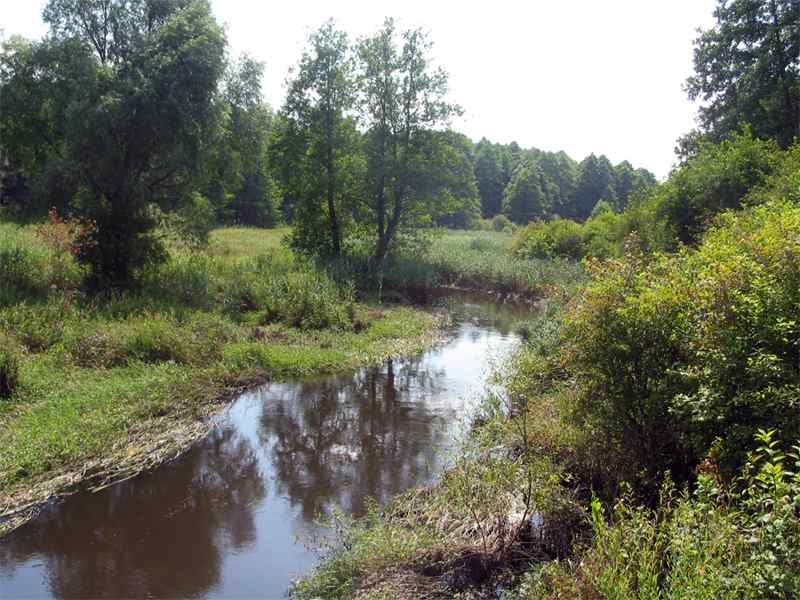
Tourism

The fact that today even booking a plane is an ordinary thing is an achievement not only of the free market but also of the surge of mass tourism that occurred in the world after World War II.
In ancient times, people were reluctant to leave their familiar places. No wonder there is a Russian saying: “where you were born – there you are useful.” Usually, moving away from the land of one's ancestors was connected with terrible events such as war, famine, epidemic, or persecution of a particular people.

However, over time adventurers – travelers – began to appear, willingly setting out on journeys. Due to the underdevelopment of transport routes and the lack of technology, such people had to make long trips to their destinations, losing considerable funds and facing great risks. Bandits raged on the roads, and the population of many countries could easily deprive a stranger of life, seeing in his difference something of dark forces.

By the Modern Era, ties between states had strengthened, attitudes towards foreigners had changed, and wealthy, adventurous heirs of noble families began to travel the world in search of new impressions.
Thus, the foundation of the modern tourist boom was laid.
